In this post, we will see the various working levels of industrial automation.
It is necessary to understand various levels of industrial automation. There are so many hardware devices, software, IT infrastructure, and networking involved; that it is a must to co-relate things between them and understand what the difference between them is.
Suppose you are working in an office and are not aware of the level of the various employees. This will hamper your knowledge about the company working and will also not teach you what to speak with whom.
For example, an engineer cannot talk directly to a director. He has to report to his immediate next higher level of team leader.
Similarly, it is important to know what level in industrial automation can speak and co-relate things to the next level.
Five Levels in Industrial Automation
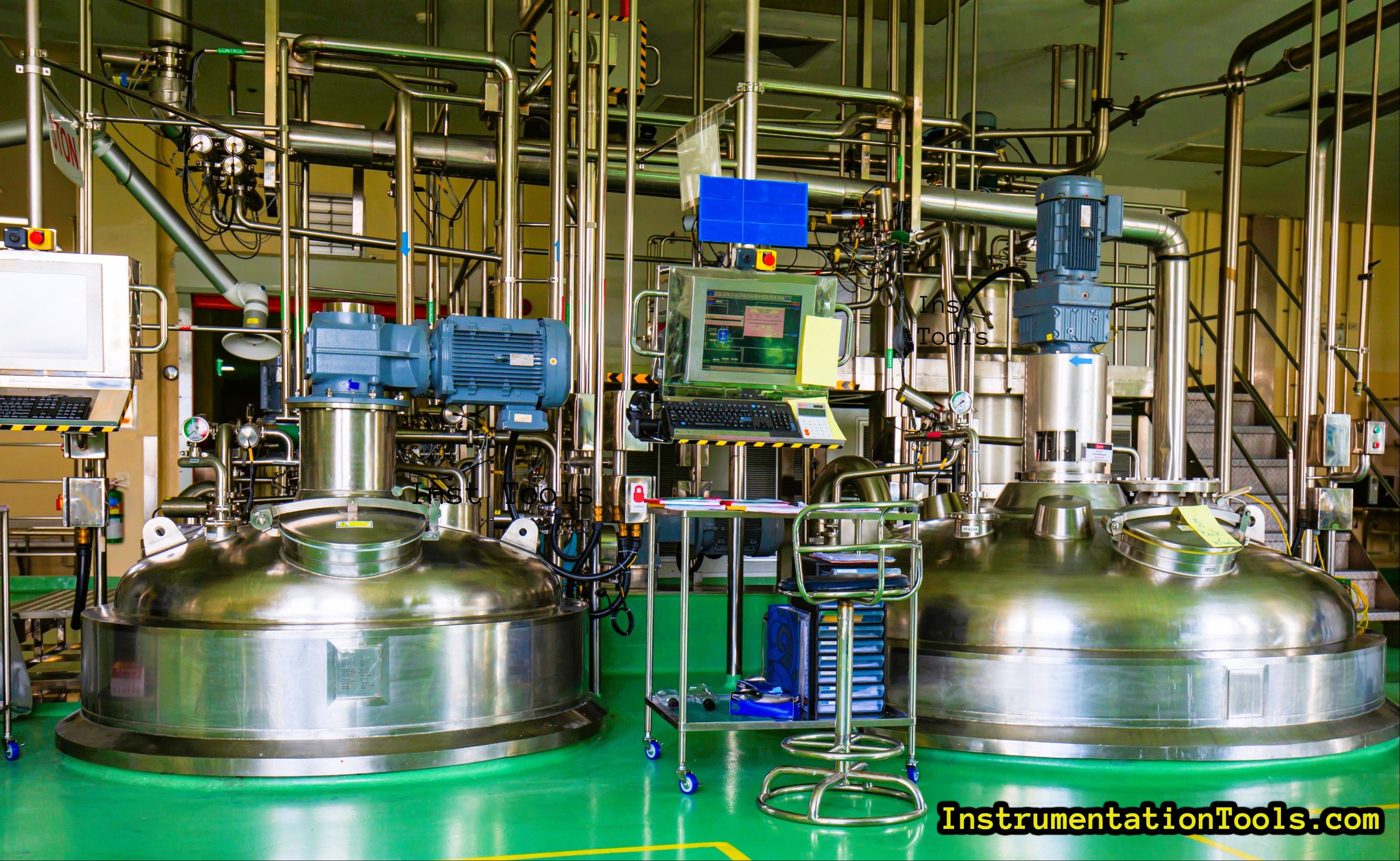
Basically, there are five levels in industrial automation – starting from L0 to L4. We will see each one of them in this post and understand it’s basics.
Level 0 – Sensors and Signals
This is the first and lowest level of industrial automation. It consists of field devices like sensors, actuators, instruments, motors, valves, actuators, switches, and other equipment. You can also define it as a field layer.
The main purpose of industrial automation is to control the inputs and outputs, and you have to be familiar with them to efficiently control them. If you do not know what a sensor will do or how a motor will work, you cannot proceed ahead to the next level of programming.
Basically, if you are not familiar with the hardware input and hardware output controlling, then you what makes sense in doing advanced levels of programming; when you do not know what a lower level functionality is doing.
These devices send and receive data with respect to the next level. The data transfer can be digital, analog, or in communication form.
Level 1 – Manipulation and Control
This is the stage from where controlling starts. It comprises PLCs and PIDs. You have got the data from a sensor and you now want to control a motor according to it.
For that, a program needs to be written in a controller that will accept the hardware sensor input and control the hardware motor output accordingly.
This controller is nothing but a PLC, where a program will be written to manipulate the inputs and outputs accordingly.
Apart from PLC, sometimes a PID controller is also used to reduce costs. It is nothing but a small controller which will modulate the output according to the input received, based on PID calculations.
The only negative point in the PID controller is that it is an in-built programmed device and you cannot change it. The manufacturer only can change its program.
But in PLC, you can create the whole program according to your requirements. This level can be termed as control stage and it sends data to the next level through communication form.
Level 2 – Supervisory Control
Suppose there are 10 PLC’s in a plant. You want to monitor and control them by sitting in a single remote location office. This requires networking and communication among all these PLCs.
Basically, the role of this level is to integrate all the controllers of a plant into one single platform. This helps to supervise and control the whole system in one go.
This is done by SCADA. You can visualize the whole process, see alarms, generate reports, run batches, and control the operator’s action through the audit trail.
To integrate the whole network with SCADA, you need to understand various communication topologies which are used with the PLC systems. SCADA is run on desktop PC or IPC (Industrial PC).
Level 3 – Planning and Operations
This level is used for planning and operations in a plant. It is a computer management system and can monitor and control multiple SCADA systems.
So, suppose there are multiple processes in a plant and it is required to supervise the entire manufacturing process from start to end. This can be done by MES (Manufacturing Execution System). With this, the user can plan his activities and control manufacturing data and processes.
Multiple plants (right from start to end), various vendor data information, equipment information, and planning and manufacturing daily chart can be viewed and controlled through MES.
Level 4 – Business Planning, Logistics, and Enterprise Level Operations
There are multiple departments in a company – like sales, purchase, HR, finance, logistics, production, inventory control, etc. If all the processes after manufacturing (MES) are not linked and are done manually, it will give the desired outputs; but will be very slow.
The production rate will decrease; because many persons will have to wait for other department personnel to wait for their next step. So, ERP (Enterprise Resource Planning) comes into the picture here.
ERP is an automation process that works on computer technology and automates all the processes of an office in an easy way.
Data has been communicated automatically in a transparent way between the departments. This reduces time and increases efficiency.
So, you can see that starting from small sensors, to PLC, to SCADA, to MES, and at last the ERP; the process goes from local control to supervision to manufacturing control and to enterprise process management.
The entire automation cycle for manufacturing a product goes very smoothly through this. It is thus important to understand each and every level of automation in industries.
If you liked this article, then please subscribe to our YouTube Channel for Electrical, Electronics, Instrumentation, PLC, and SCADA video tutorials.
You can also follow us on Facebook and Twitter to receive daily updates.
Read Next:
- PLC Wiring Diagrams
- Electrical Wiring Diagram
- 4-20 mA Transmitter Wiring
- Why 24 Volts DC Power Supply?
- Interposing Relay Panel Wiring
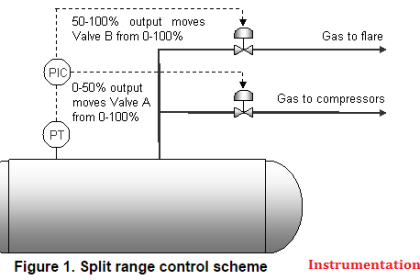
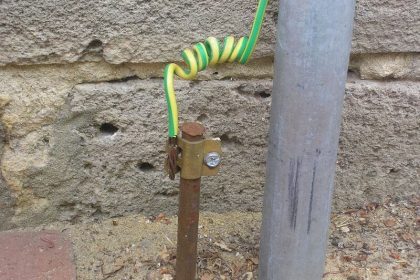
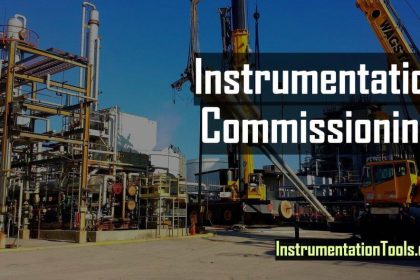
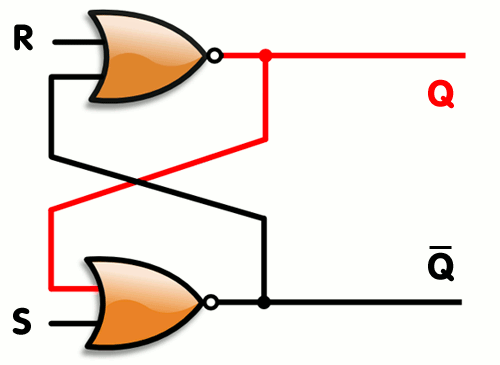
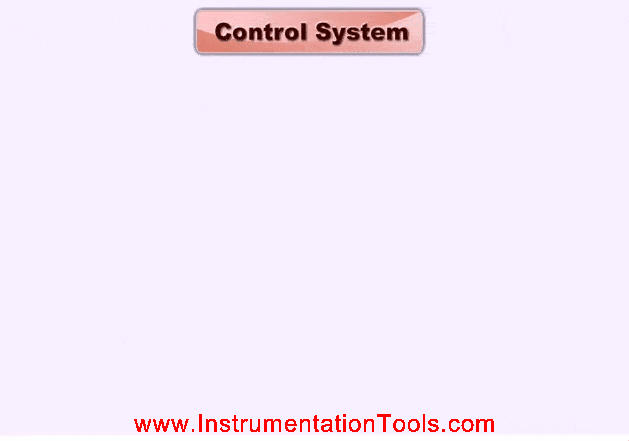

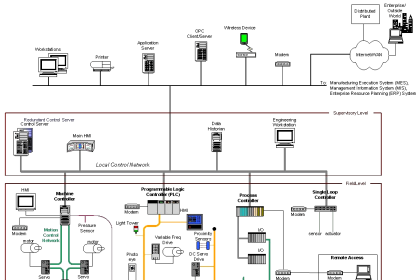
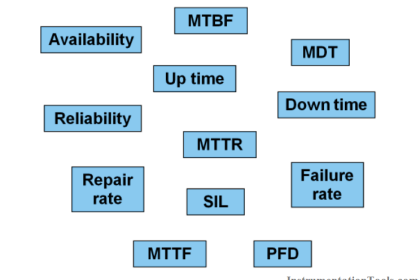
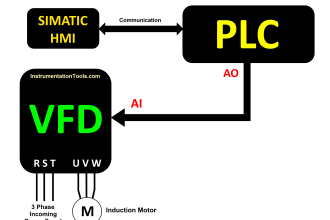
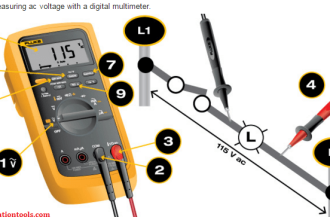

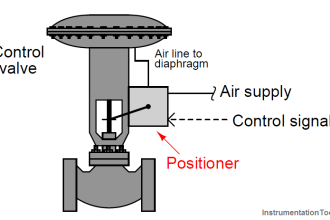

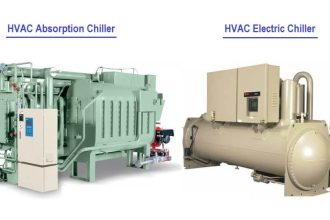
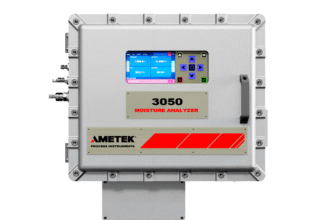
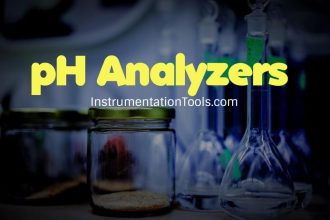

A summary of Automatic Control technology is incomplete without the inclusion of DCS, Distributed Control Systems.
PLC’s and SCADA cannot perform the advanced Algorithms found in complicated processes as found in the Petrochemical and similar Hi Tech Industries.